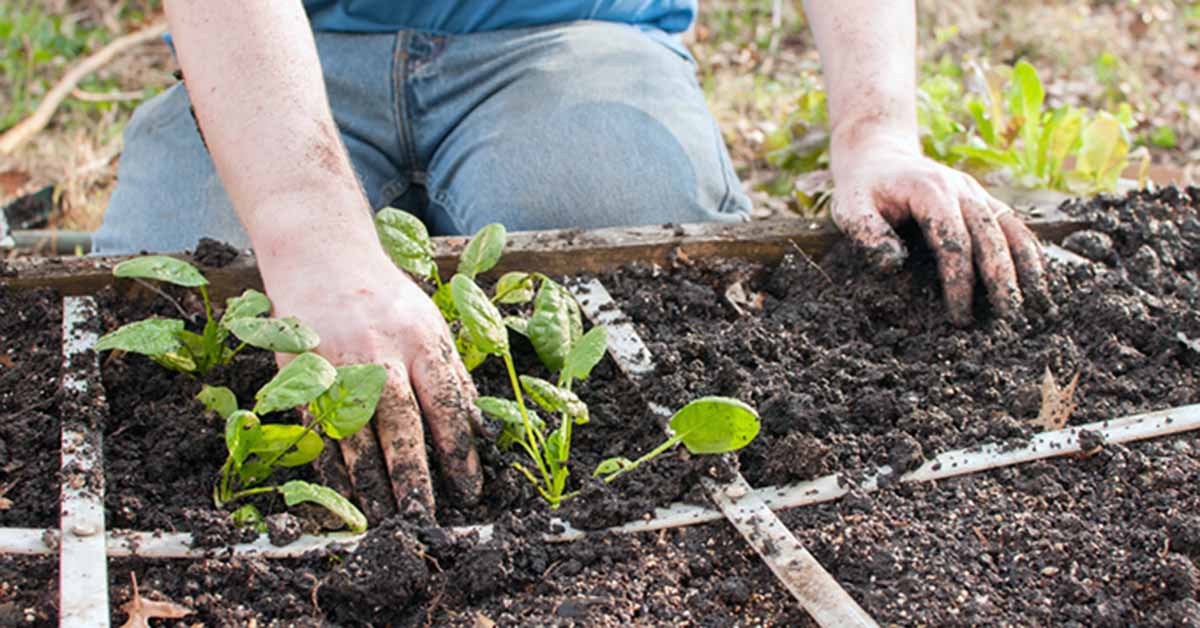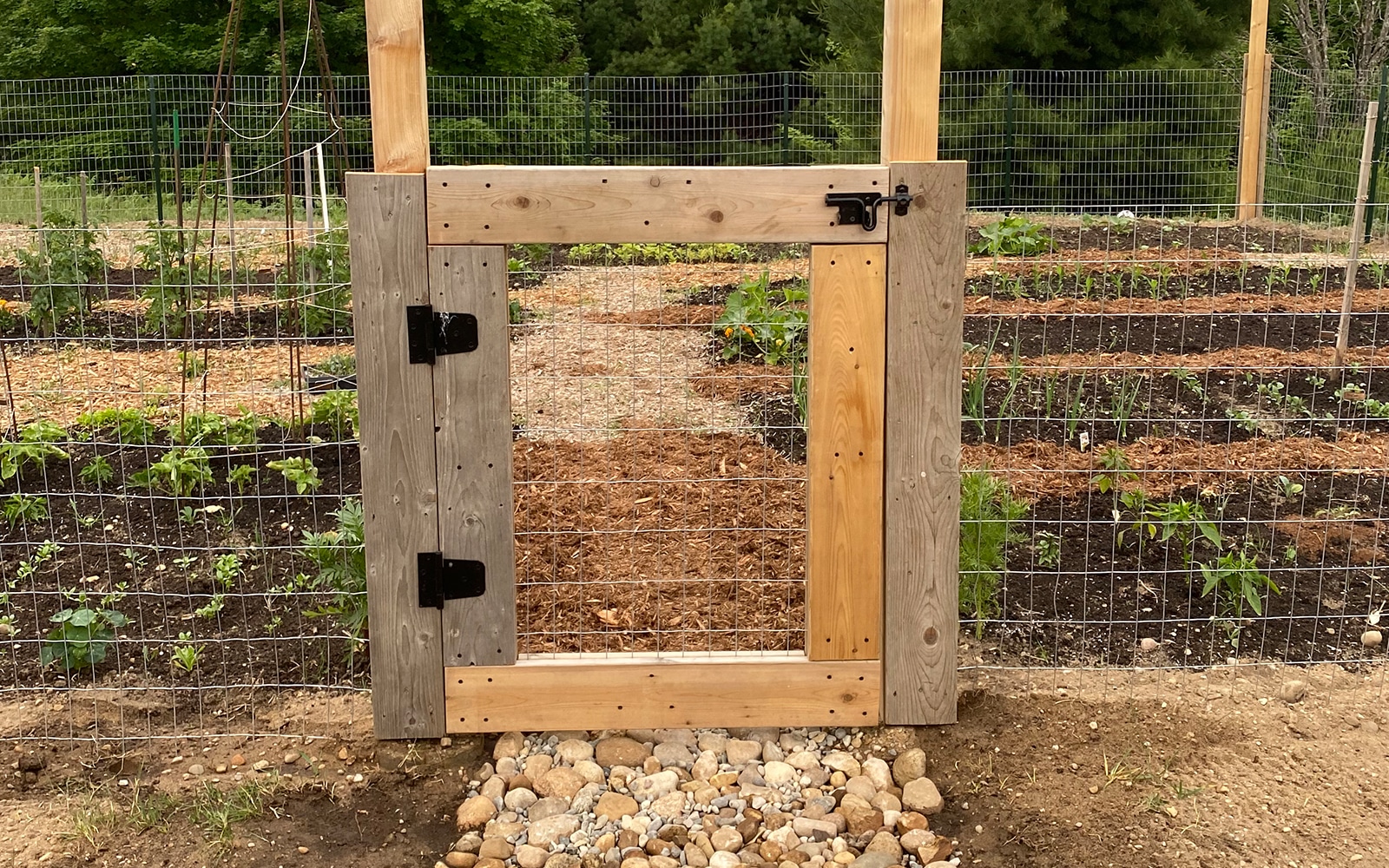GardenShepherdess
Leafing Out
- Joined
- Apr 3, 2022
- Messages
- 8
- Reaction score
- 22
- Points
- 20
Hello everyone!
I'm a very new gardener. I've done container gardening in the past with some success but this year, I'm going to start a garden in our yard. I live in Southeastern PA in Zone 7a. I don't want to get overwhelmed and hope to start a small garden and build on from there every year. I'm thinking of starting with a 10x16 foot space. I'd love to do vegetables (tomatoes, peppers, zucchini, squash, cucumbers, and maybe some kind of snap pea.) I'd like to add some helpful flowers throughout or around the garden space too, like marigolds, sunflowers, and coneflowers. My biggest concerns at this point are fencing (we have quite a bit of deer, some rabbits, and a few groundhogs) and also soil quality (we have mostly clay soil - I plan to amend with some compost from my sheep and ducks). With the fencing, I was thinking of getting some snow fencing and then using taller T-Posts to string a few strands of fishing line higher up to prevent deer from jumping in. What are some of your Number One Tips that you'd give a beginner like me? Thanks in advance!
I'm a very new gardener. I've done container gardening in the past with some success but this year, I'm going to start a garden in our yard. I live in Southeastern PA in Zone 7a. I don't want to get overwhelmed and hope to start a small garden and build on from there every year. I'm thinking of starting with a 10x16 foot space. I'd love to do vegetables (tomatoes, peppers, zucchini, squash, cucumbers, and maybe some kind of snap pea.) I'd like to add some helpful flowers throughout or around the garden space too, like marigolds, sunflowers, and coneflowers. My biggest concerns at this point are fencing (we have quite a bit of deer, some rabbits, and a few groundhogs) and also soil quality (we have mostly clay soil - I plan to amend with some compost from my sheep and ducks). With the fencing, I was thinking of getting some snow fencing and then using taller T-Posts to string a few strands of fishing line higher up to prevent deer from jumping in. What are some of your Number One Tips that you'd give a beginner like me? Thanks in advance!




